Coaches prioritize concussion prevention
October 14, 2014
Concussion Rates in high school sports across Minnesota have been growing at an alarming rate and Stillwater Area High School contributes to this trend as well.
Concussions are brain injuries caused by head trauma, which can be induced by a collision or whiplash. The brain hits the side of the skull, causing swelling, which can lead to many symptoms such as headache, nausea, difficulty concentrating, memory loss, lack of balance, fatigue, numbness or a tingling feeling in the limbs, and blurry vision.
SAHS is no stranger to concussions and the medical department has devised a reliable method to treat concussions.
Athletic Trainer Sarah Sapinski explained, “If a coach pulls a kid out because they think they could have a concussion, or they took a hard hit or something like that, they will come to me and I will ask them some questions. I have them fill out a symptoms score sheet which has all the symptoms listed, down and they have to rank them if they’re having them at all… then I kinda rank them, do I think they have something going on or not. A majority of the time they will be diagnosed as a possible concussion. If that’s the case I like to send them off to our sports medic.”
SAHS concussion statistics change year to year and there is no solid data, as the number of cases fluctuates. However, detection of concussions is better than ever with better training for sports coach and better fitting equipment helps to curb the number of concussions.
“I think with all the education we have now and coaches being more aware, they’re being more cautious with pulling kids out.
— Sarah Sapinski
Sapinski said, “I think with all the education we have now and coaches being more aware, they’re being more cautious with pulling kids out, and I think that’s why we see the increase in the number and that’s really helped me out too, because they’re more aware and know what to look for.”
Concussions can happen to anyone but their side effects are lasting and have been harming student athletes, preventing them from participating in their activities and hindering their academics.
Sophomore Jacob Edwards said, “My daily life changed greatly. Every day for the next three months, I went to my grandparents house to eat, sleep, and just talk. I had a really bad headache 24/7 for three long months. The doctors said I wasn’t allowed to watch TV, play video games, or even play card games because it would drastically slow down the recovery process.”
Concussion rates in Minnesota are on the rise, but with rising levels of awareness as well as better methods of detection, treatment and prevention these rates should see a drop in the near future.



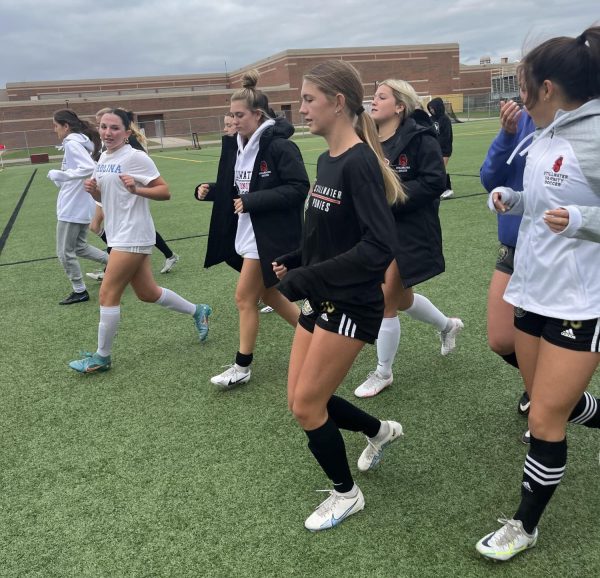

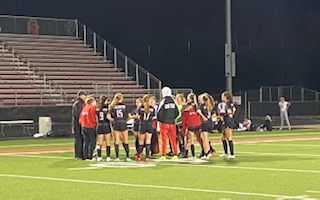

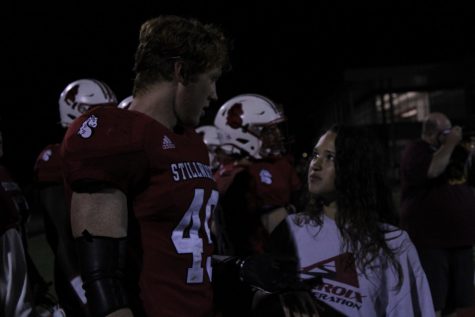

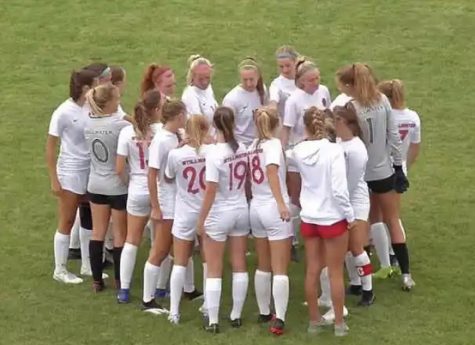


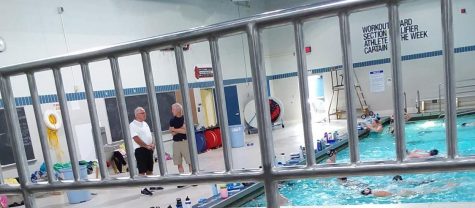
Braden Classon • Nov 11, 2014 at 4:53 pm
This article is extremely intriguing especially as being a football player, but even as a pro-safety enthusiast. I enjoy that you pu the link to the recovery process of a concussion as many people don’t know how long it takes! I also was pleased to see the language deliberate and to the point while still making the article fun and enjoying to read. This article not only informed me of how Stillwater schools are preventing concussions, but also of how to recognize symptoms of a concussion.